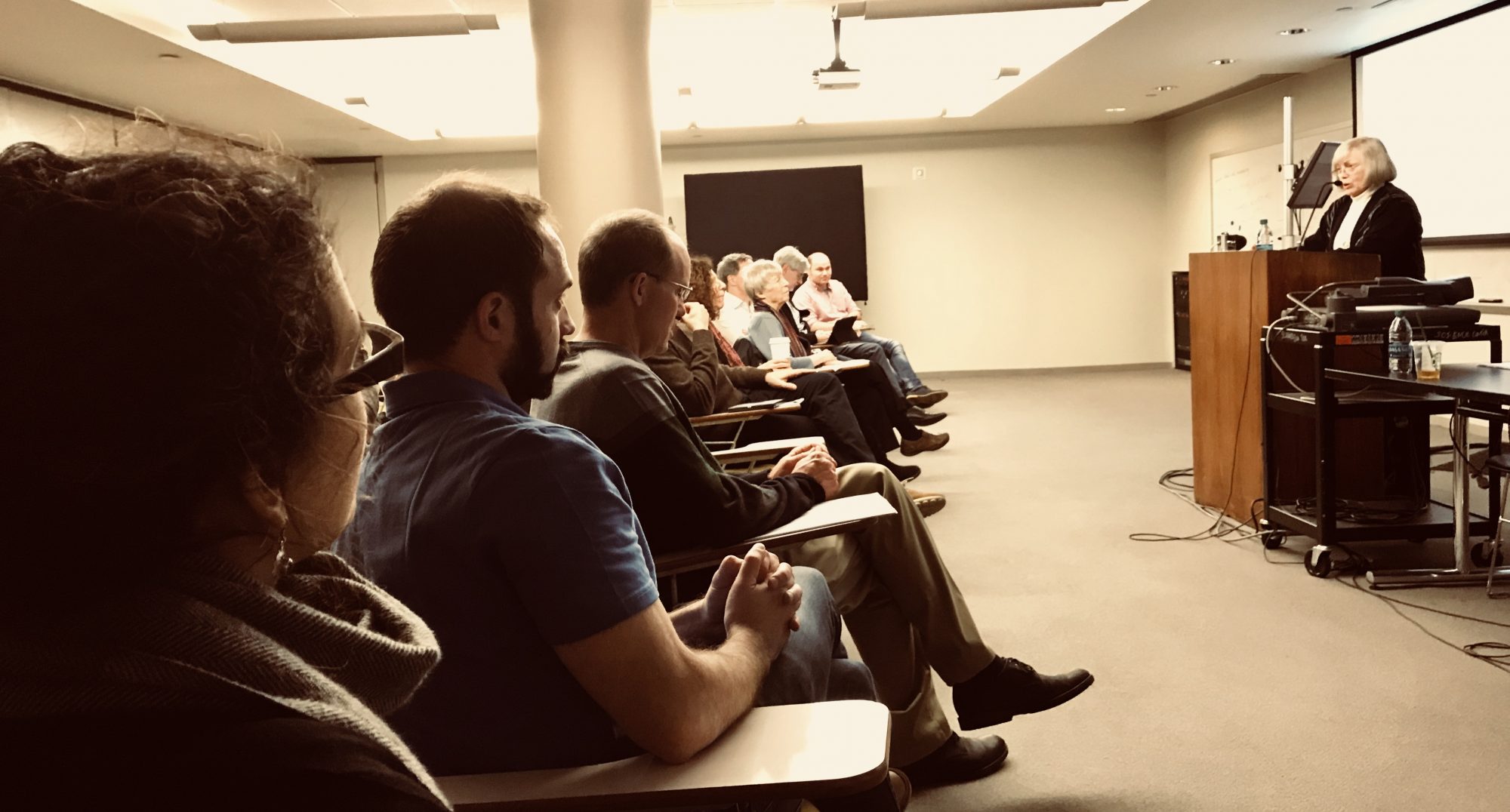Associate Professor, Departments of Cell Biology and Anatomy, and of Otolaryngology and Director of Gross Anatomy, Mount Sinai School of Medicine Associate Professor, Graduate Faculties of Biomedical Sciences and of Anthropology City University of New York Research Associate, Department of Anthropology, American Museum of Natural History Member, New York Consortium in Evolutionary Primatology Ph.D., Anatomy and Anthropology, Yale University, 1977
Fields of Study
Paleoanthropology, human and comparative anatomy, evolution of the mammalian upper respiratory/vocal tract, evolution of speech and language.
Current Research Interests
My overall interest is in exploring the evolution of human functional anatomy. In particular, my research has focused on the development and evolution of the human upper respiratory region, a vital area which sits at the crossroads of our breathing, swallowing and vocalizing pathways. These studies have led me to investigate questions on the origins of human vocal ability and speech. In this regard, our laboratory has examined aspects of comparative and developmental anatomy of the vocal tract and brain within a wide range of mammals. Knowledge gleaned from these ongoing studies has enabled us to develop methods of reconstructing the vocal abilities of our hominid ancestors, and to offer new directions in addressing some of the central questions on the origins of speech and language.
Selected Publications
Laitman, J.T., Van De Water, T.R. and Noden, D. (1995) Formation of the Larynx: From homeobox genes to critical periods. In (W.J. Gould, J.S. Rubin, G. Korovin and R. Sataloff, eds) Diagnosis and Treatment of Voice Disorders. Igaku-Shoin, New York and Tokyo, 9-23.
Reidenberg, J.S. and J.T. Laitman (1994) Anatomy of the hyoid apparatus in Odontoceti (toothed whales): Specializations of their skeleton and musculature as compared with those of terrestrial mammals. Anat. Rec. 240: 598-624.
Gannon, P.J., A.R. Eden and J.T. Laitman (1994) Functional compartments of the tensor veli palatini muscle. Arch. Otolaryngol. Head Neck Surg. 120: 1382-1389.
Laitman, J.T. and J.S. Reidenberg (1993) Specializations of the human upper respiratory and upper digestive systems as seen through comparative and developmental anatomy. Dysphagia 8: 318-325.
Lieberman, P., J.T. Laitman, J.S. Reidenberg, and P.J. Gannon (1992) The anatomy, physiology, acoustics and perception of speech: Essential elements in analysis of the evolution of human speech. J. Hum. Evol. 23(6): 447-467.
Laitman, J.T., J.S. Reidenberg and P.J. Gannon (1992) Fossil skulls and hominid vocal tracts: New approaches to charting the evolution of human speech. In (J. Wind et al eds) Language Origin: A Multidisciplinary Approach. Kluwer Academic Publishers, Dordrecht, Netherlands, 395-407.
Laitman, J.T. & Reidenberg, J.S. (1988) Advances in understanding the relationship between the skull base and larynx with comments on the origins of speech. Human Evolution 3: 99-109.
Gannon, P.J., Eden, A. & Laitman, J.T. (1988) The subarcuate fossa and cerebellum in extant primates: Comparative study of a skull-brain interface. Am. J. Phys. Anthropol. 77: 142-163.
Laitman, J.T. & Heimbuch, R.C. (1982). The basicranium of Plio-Pleistocene hominids as an indicator of their upper respiratory systems. Am. J. Phys. Anthropol. 59:323-344.
Laitman, J.T., Heimbuch, R.C. & Crelin, E.S (1979). The basicranium of fossil hominids as an indicator of their upper respiratory systems. Am. J. Phys. Anthropol. 51:15-34.
Laitman, J.T., Heimbuch, R.C. & Crelin, E.S. (1978). Developmental change in a basicranial line and its relationship to the upper respiratory system in living primates. Am. J. Anat. 152:467-482.



